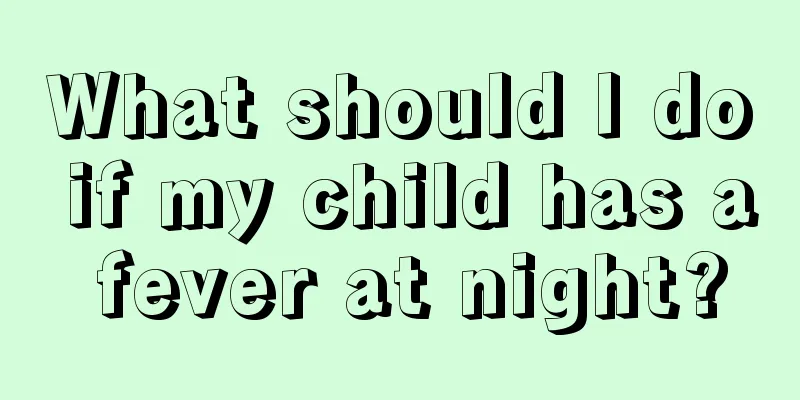The symptoms of papules in children are actually very obvious

|
Once infants and young children suffer from papular disease, symptoms will easily appear, mainly on the corresponding skin surface, so parents can easily notice it. Today we will introduce the main manifestations of this disease in detail, and I hope that parents will remember it. 1. The main manifestation of this disease is rash on the skin. The rash is spindle-shaped, edematous red papules. It starts as small granular papules and then develops into soybean to peanut size. Sometimes there are blisters in the center of the papules, and blood blisters can occasionally be seen. There is an obvious red halo around the rash. The rash often appears in batches, often on the back, limbs, and is clustered or scattered. The rash is extremely itchy and easily erodes after scratching, leading to secondary infection. The rash of a single lesion disappears in about 7-10 days, leaving light brown pigmentation. New lesions often occur continuously, so rashes of different stages can be seen on the skin of the same person. 2. According to TCM syndrome differentiation, if the rash appears in batches, the papules are red, hard like grains, there is obvious itching, the patient is crying and restless, the tip or edges of the tongue are red, or there is aversion to wind and fever, nasal congestion and runny nose, red and sore throat, and cough, it is a syndrome of wind-heat stagnation. If the rash is relatively large, with blisters on it, obvious itching and pain, yellow face and irritability, or mental fatigue, irregular bowel movements, yellow and red urine, loss of appetite, red tongue with yellow greasy coating, it is a syndrome of damp-heat stagnation. The disease has lasted for a long time, with recurrent rashes that are red and itchy, thirst and bad breath, occasional abdominal pain, dry and hard stools, teeth grinding at night, loss of appetite, and a red tongue with thick and greasy yellow coating. These are symptoms of stagnation and accumulation of heat. 3. Papular urticaria needs to be differentiated from varicella, the latter of which often occurs on the trunk, proximal limbs, head and face, and the oral mucosa is often involved. The lesions do not show wheal-like rashes, and no tension blisters occur. The patient may not feel itchy or feel mild itching, but often has systemic symptoms such as low-grade fever. |
<<: How to correct your child's sitting posture
>>: What to do if your child has scoliosis
Recommend
How to prevent children from getting body odor? These knowledge points must be remembered!
No matter who you are, once body odor occurs, it ...
Why do children have thick white tongue coating?
Why do children have thick and white tongue coati...
Reasons for high lymphocyte percentage in infants
Babies have just come into the world and have not...
Can children drink coffee? Moms should know
Many children want to drink coffee when they see ...
Causes of precocious puberty in children
Children nowadays are not as innocent as before. ...
What are the causes of folliculitis in children?
Folliculitis is a skin disease that can occur in ...
What causes breast lumps in boys?
When it comes to breast disease, people usually t...
What are the treatments for cerebral palsy in children?
Every child should grow up healthy and happy. How...
What should children with tics not eat?
When a child suffers from tics, parents should ta...
What should I do if my baby has a runny nose for a week?
If your child has a runny nose all the time, you ...
Is it serious if a child has a fever and shivers?
It's already January, and although the temper...
There is a hole on the back of the baby's head. What's going on?
As children grow up, parents will encounter vario...
What should I do if my child always bites his lower lip?
The health of their children is the greatest wish...
The reason why babies can't sit still during early childhood education
When children are still very young, mothers like ...
Why does my baby's poop have curds of milk?
Babies in their early childhood have relatively p...









